In the ever-evolving world of fashion, one cannot underestimate the importance of high-quality fabrics. Among the vast range of textiles available, fabric tricot stands out as a material that has revolutionized the garment industry. With its unique characteristics and diverse applications, fabric tricot has become a staple in the wardrobe of fashion enthusiasts and a go-to choice for designers worldwide. 1. Understanding Fabric Tricot: Fabric tricot, also known as tricot knit, is a lightweight and stretchy material made from synthetic fibers or a blend of synthetics with natural fibers.
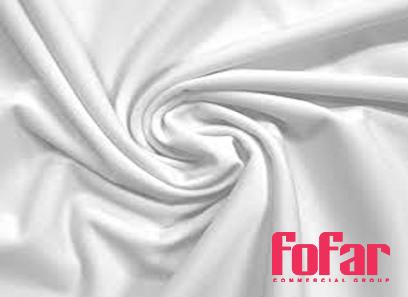
.
 Unlike woven fabrics, tricot is produced using a distinct interlocking loop pattern, resulting in a smoother and more fluid drape. This unique knitting technique lends fabric tricot outstanding elasticity, strength, and wrinkle resistance. 2. Versatile Applications: The versatility of fabric tricot is one of its most appealing qualities, making it suitable for a wide range of applications. The fabric is commonly used in lingerie, sportswear, swimwear, dancewear, and other garments that require a form-fitting, comfortable, and breathable fabric. Its excellent stretch and recovery properties ensure optimal comfort and ease of movement, making it a preferred choice for activewear.
Unlike woven fabrics, tricot is produced using a distinct interlocking loop pattern, resulting in a smoother and more fluid drape. This unique knitting technique lends fabric tricot outstanding elasticity, strength, and wrinkle resistance. 2. Versatile Applications: The versatility of fabric tricot is one of its most appealing qualities, making it suitable for a wide range of applications. The fabric is commonly used in lingerie, sportswear, swimwear, dancewear, and other garments that require a form-fitting, comfortable, and breathable fabric. Its excellent stretch and recovery properties ensure optimal comfort and ease of movement, making it a preferred choice for activewear.
..
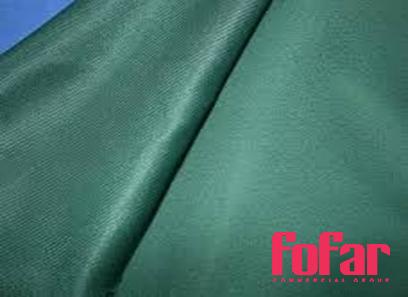 3. Performance and Durability: Fabric tricot offers exceptional performance attributes that have made it a favorite in the fashion industry. Its resistance to snags and tears, combined with its ability to retain shape even after multiple washes, makes fabric tricot a highly durable material. Additionally, its moisture-wicking properties and breathability make it ideal for creating clothing that keeps the wearer cool and dry, even during intense physical activities. 4. An Eco-Friendly Option: Beyond its functional qualities, fabric tricot can also be produced using sustainable practices. Many manufacturers have embraced environmental-friendly approaches by incorporating recycled materials or employing energy-efficient production methods. Such initiatives help reduce the textile industry’s carbon footprint and promote a more sustainable future for the fashion industry.
3. Performance and Durability: Fabric tricot offers exceptional performance attributes that have made it a favorite in the fashion industry. Its resistance to snags and tears, combined with its ability to retain shape even after multiple washes, makes fabric tricot a highly durable material. Additionally, its moisture-wicking properties and breathability make it ideal for creating clothing that keeps the wearer cool and dry, even during intense physical activities. 4. An Eco-Friendly Option: Beyond its functional qualities, fabric tricot can also be produced using sustainable practices. Many manufacturers have embraced environmental-friendly approaches by incorporating recycled materials or employing energy-efficient production methods. Such initiatives help reduce the textile industry’s carbon footprint and promote a more sustainable future for the fashion industry.
…
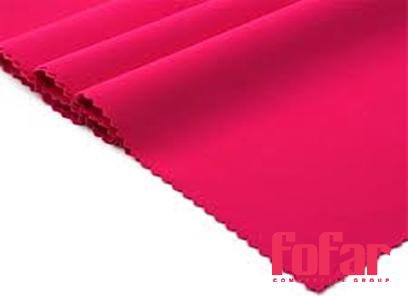 5. Creative Potential: Fabric tricot’s smooth and fluid drape opens up a world of design possibilities. Its lightweight nature allows designers to experiment with intricate detailing, drapes, and curves, enabling the creation of exceptional silhouettes and elegant designs. Additionally, fabric tricot is receptive to digital printing, allowing vibrant and detailed patterns to be applied, making it a versatile medium for expressing creativity. Conclusion: Fabric tricot has emerged as a game-changing material in the garment industry, offering a unique combination of elasticity, durability, and versatility. Its exceptional performance attributes, eco-friendly options, and vast creative potential have made it a trusted choice for fashion-forward designers and garment manufacturers worldwide. Whether it’s lingerie, sportswear, swimwear, or activewear, fabric tricot continues to fulfill the diverse needs of the industry, allowing for innovation and expression in the world of fashion.
5. Creative Potential: Fabric tricot’s smooth and fluid drape opens up a world of design possibilities. Its lightweight nature allows designers to experiment with intricate detailing, drapes, and curves, enabling the creation of exceptional silhouettes and elegant designs. Additionally, fabric tricot is receptive to digital printing, allowing vibrant and detailed patterns to be applied, making it a versatile medium for expressing creativity. Conclusion: Fabric tricot has emerged as a game-changing material in the garment industry, offering a unique combination of elasticity, durability, and versatility. Its exceptional performance attributes, eco-friendly options, and vast creative potential have made it a trusted choice for fashion-forward designers and garment manufacturers worldwide. Whether it’s lingerie, sportswear, swimwear, or activewear, fabric tricot continues to fulfill the diverse needs of the industry, allowing for innovation and expression in the world of fashion.

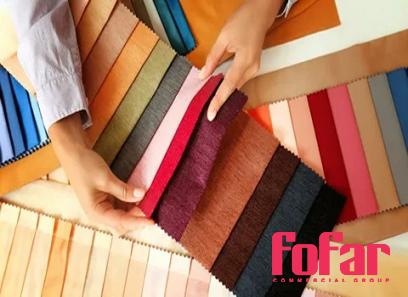
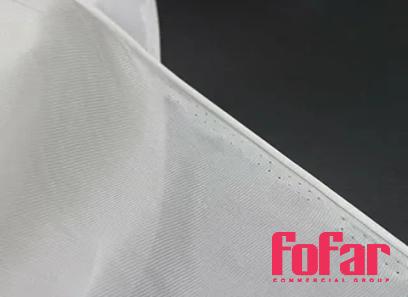


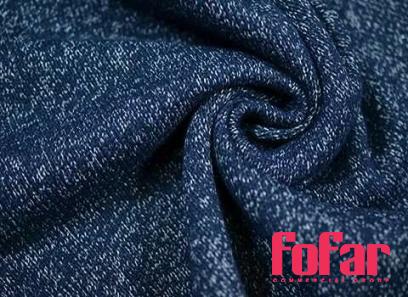
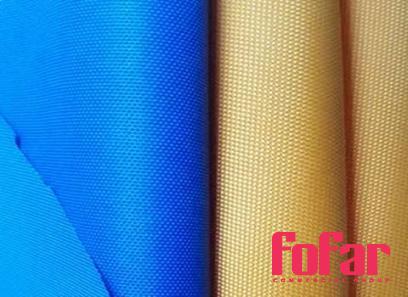
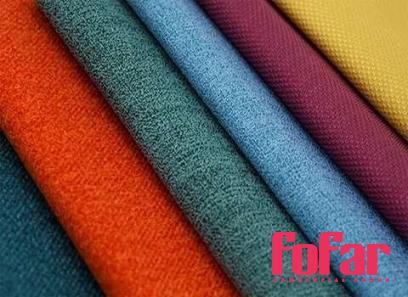


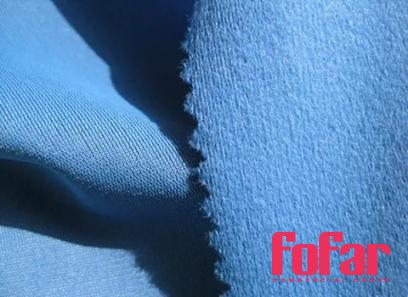
Your comment submitted.